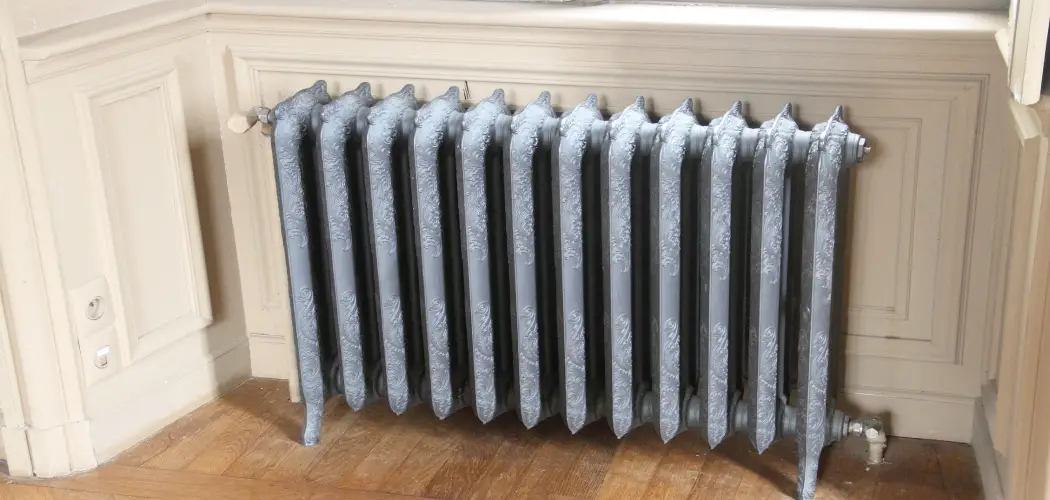Welcome back, heat seekers! We all know how frustrating it can be when certain rooms in our homes feel as frosty as the Arctic while others resemble the Sahara Desert. It seems like no matter how hard we try, achieving the perfect temperature throughout our living spaces remains elusive. But fear not, dear readers, for today, we embark on a quest to unravel the mysteries of radiator balancing!
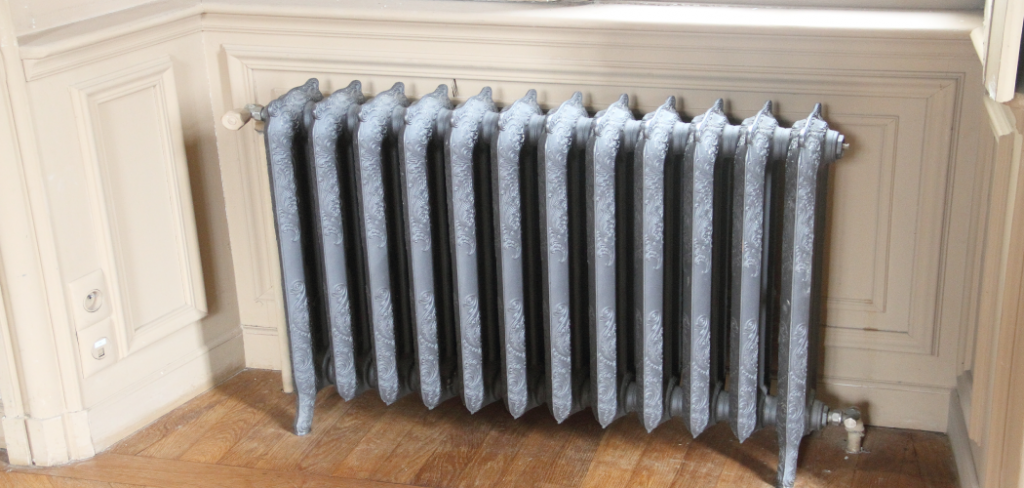
Radiators are essential to any heating system, as they help distribute heat evenly and keep us warm and cozy during those chilly months. However, over time, the internal components of radiators can become imbalanced, leading to uneven heating in different areas of our homes.
In this comprehensive guide on how to balance radiators, we will explore the ins and outs of this often overlooked process, providing you with invaluable tips, tricks, and insights to achieve the ultimate thermal harmony in your humble abode.
What Will You Need?
Before diving into the nitty-gritty of radiator balancing, let’s ensure we have all the necessary tools at our disposal. You will only need fancy and inexpensive equipment to perform this task. Here’s a list of items that will come in handy during the process:
- A radiator key
- Clean cloth or towel
- Adjustable wrench (optional)
- A bucket (in case there’s any leakage)
Now that we have everything we need let’s get down to business!
10 Easy Steps on How to Balance Radiators
1. Check for Air Pockets
The first step in balancing your radiators is to check for air pockets. Air pockets can cause uneven heating and prevent the radiator from working efficiently. To check for air pockets, turn off the heating system and wait for the radiators to cool down. Then, use a radiator key or screwdriver to open the air vent on each radiator. You should hear a hissing sound as the air escapes. Once the water starts to come out, close the valve.
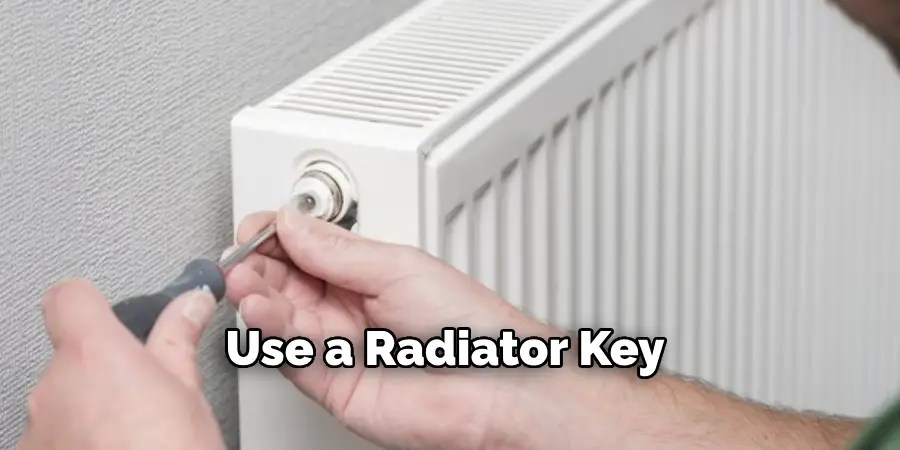
2. Adjust the Valves
After removing any air pockets, you can adjust the valves on each radiator to balance their heat output. The valve on one side of the radiator controls how much hot water flows into it, while the valve on the other side controls how much-cooled water flows out. Begin by fully opening both valves and turning on the heating system. After about 15 minutes, feel each radiator and note which ones are hotter or cooler than others.
3. Use Lockshield Valves
If your radiators have lockshield valves, you can use them to balance their heat output further. These valves are located at the opposite end of where water enters the radiator and may be covered by a cap that can be removed with pliers or a wrench. Using a lockshield valve tool or adjustable wrench, slowly close each valve until all radiators are evenly heated. Be sure not to close them completely, as this could cause issues with your heating system’s pressure.
4. Check and Note the Temperatures
Now, it’s time to check the temperatures of your radiators. To do this, you’ll need a thermometer. Start with the radiator closest to the boiler, as it’s likely to heat up faster than others. Measure and note down the temperature on both sides of each radiator.
Repeat this process for all radiators in your home. Remember, the goal is to achieve a steady heat output across all radiators. So, if you notice any discrepancies in temperature, you’ll need to adjust the lockshield valves accordingly.
5. Fine-tuning the Balancing Process
Once you have noted the temperatures of each radiator, it’s time to fine-tune the balance. Return to the radiator that heated up the fastest and slowly close the lockshield valve until there’s a 12°C difference between the pipe going into your radiator (hot) and the one going out (cool).
Repeat this process for each radiator, moving away from the boiler in turn. Remember, patience is key here – the process may take some time, but the result will be a well-balanced, efficiently working heating system.
6. Recheck the Temperatures
After adjusting all the radiators, it’s time to recheck the temperatures. Restart your heating system and let it run for a significant period, ideally for an hour. Re-measure the temperatures of each radiator, starting from the one closest to the boiler.
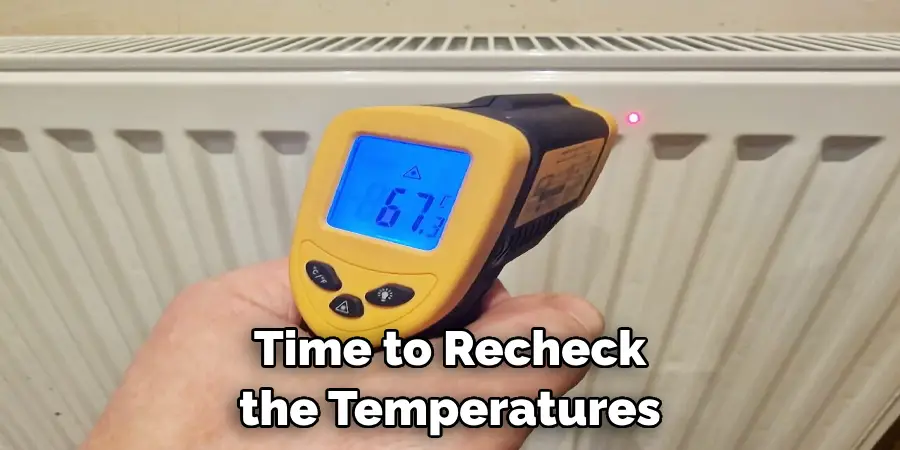
The temperature difference between the input and output pipes should remain around 12°C. If radiators show varying differences, readjust the lockshield valve until the desired temperature is reached. Remember, the balancing process is iterative and might require several tries to perfect it.
7. Add Inhibitor for Optimal Efficiency
Now that your radiators are all balanced, it’s essential to maintain their efficiency by adding an inhibitor. This liquid chemical helps prevent corrosion and sludge buildup in the pipes, keeping your heating system working smoothly. You can easily add an inhibitor by mixing a recommended amount with water and pouring it into the header tank near the boiler.
8. Bleed Radiators Regularly
To ensure your radiators stay balanced and efficient, it’s essential to bleed them regularly. Air pockets can still form over time, so use the radiator key to open the valve and release any trapped air. This process will also help maintain your heating system’s pressure.
9. Consider Thermostatic Radiator Valves
Another way to maintain a balanced heating system is by installing thermostatic radiator valves (TRVs). These valves sense the temperature in each room and automatically adjust the heat output accordingly, eliminating the need for manual balancing. Be careful, though – TRVs are incompatible with all heating systems and may require professional installation.
10. Seek Professional Help
If you’re having difficulty balancing your radiators or notice any mechanical issues, it’s best to seek professional help. A qualified plumber or heating engineer will have the expertise and tools to identify and fix any problems with your system quickly. Safety should always come first, so it’s best to leave it to the experts if you need clarification.
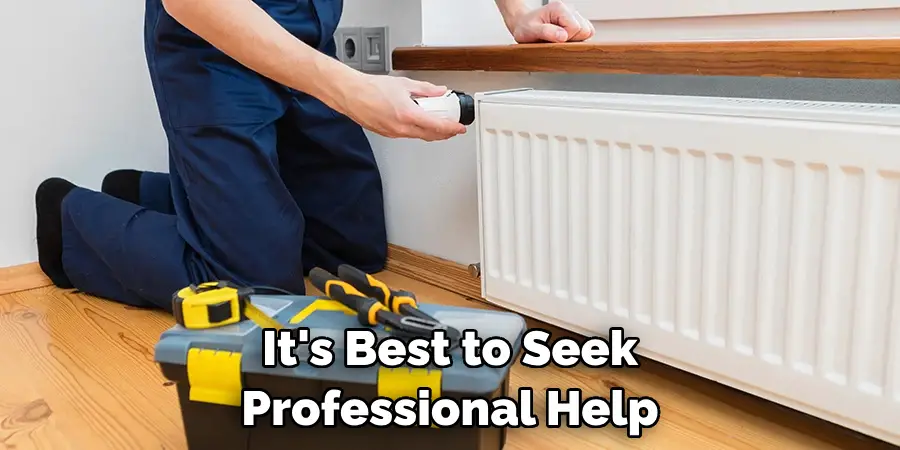
By following these ten easy steps, you can ensure your radiators are well-balanced and working efficiently.
5 Additional Tips and Tricks
1. Understand Your Heating System
Every heating system is unique, with different types of radiators, boilers, and valves. Take time to understand your specific plan. This knowledge can be invaluable in diagnosing issues and carrying out maintenance tasks like balancing radiators.
2. Keep a Regular Maintenance Schedule
Routine maintenance can prevent the most common problems with radiators. It’s recommended to balance your radiators at least once a year, preferably before winter when they’re used the most.
3. Invest in Quality Tools
Balancing radiators requires a few essential tools like a radiator key, wrench, and a good quality thermometer. Investing in these items will make the task more accessible and more accurate.
4. Insulate Your Home
Balancing your radiators is one way to ensure your home is warm and comfortable. Consider other measures like insulating your home. Good insulation can reduce heat loss, making your heating system more efficient.
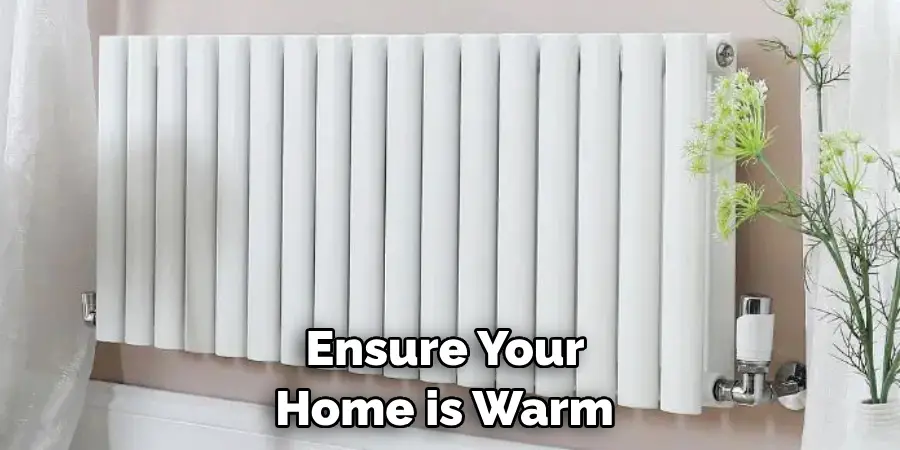
5. Use Energy-Saving Practices
Finally, remember to save energy where possible. This includes setting your thermostat to a lower temperature when you’re not home, closing the curtains at night to keep the heat in, and using a programmable thermostat. These small changes can significantly affect your energy usage and bills.
With these tips and tricks, you can keep your heating system in top condition and save energy simultaneously.
5 Things You Should Avoid
- Neglecting Regular Maintenance: Avoid overlooking the importance of routine maintenance, including the regular balancing of your radiators. These tasks are necessary to ensure efficient heating and higher energy bills.
- Skipping the Use of Inhibitors: Don’t skip using a radiator inhibitor after balancing your radiators. This chemical prevents corrosion and sludge buildup, which can cause radiator inefficiency.
- Ignoring Unusual Noises: Never ignore unusual noises from your heating system. If your radiators are making gurgling or banging noises, it may be a sign of problems that require professional attention.
- Over-Tightening Valves: Be careful not to over-tighten the valves when balancing your radiators. This can cause damage to your system. It’s always better to adjust gradually and check the results.
- DIY Troubleshooting Serious Issues: If you face any serious issues or mechanical problems with your heating system, avoid trying to fix them yourself. Always seek professional help to ensure safe and effective solutions.
You can maintain a well-balanced and efficient heating system by avoiding these common mistakes. Remember to prioritize safety and seek professional assistance when needed.
Conclusion
In conclusion, balancing radiators is a possible task. Following the steps outlined in this blog post, you can easily maintain a comfortable temperature throughout your home without spending a fortune on energy bills. Remember to bleed your radiators regularly, check for leaks or blockages, and adjust the valves accordingly. Balancing your radiators will ensure that your home stays warm and cozy and help extend the lifespan of your heating system.
Hopefully, the article on how to balance radiators has been informative and helpful. By implementing the tips and tricks, you can ensure that your heating system runs efficiently all year round.
So don’t wait any longer. Take action now and reap the benefits of a well-balanced radiator system.

